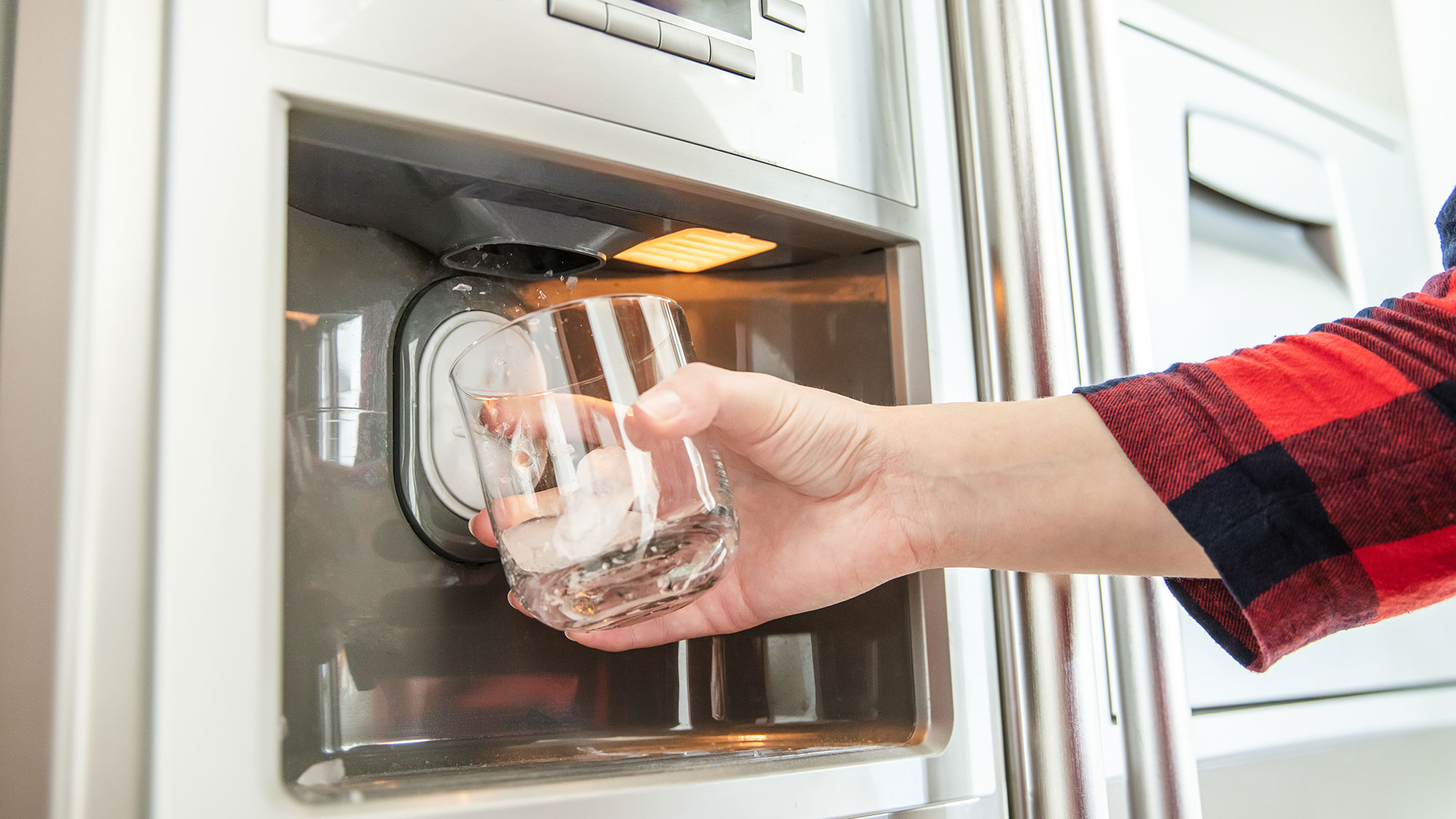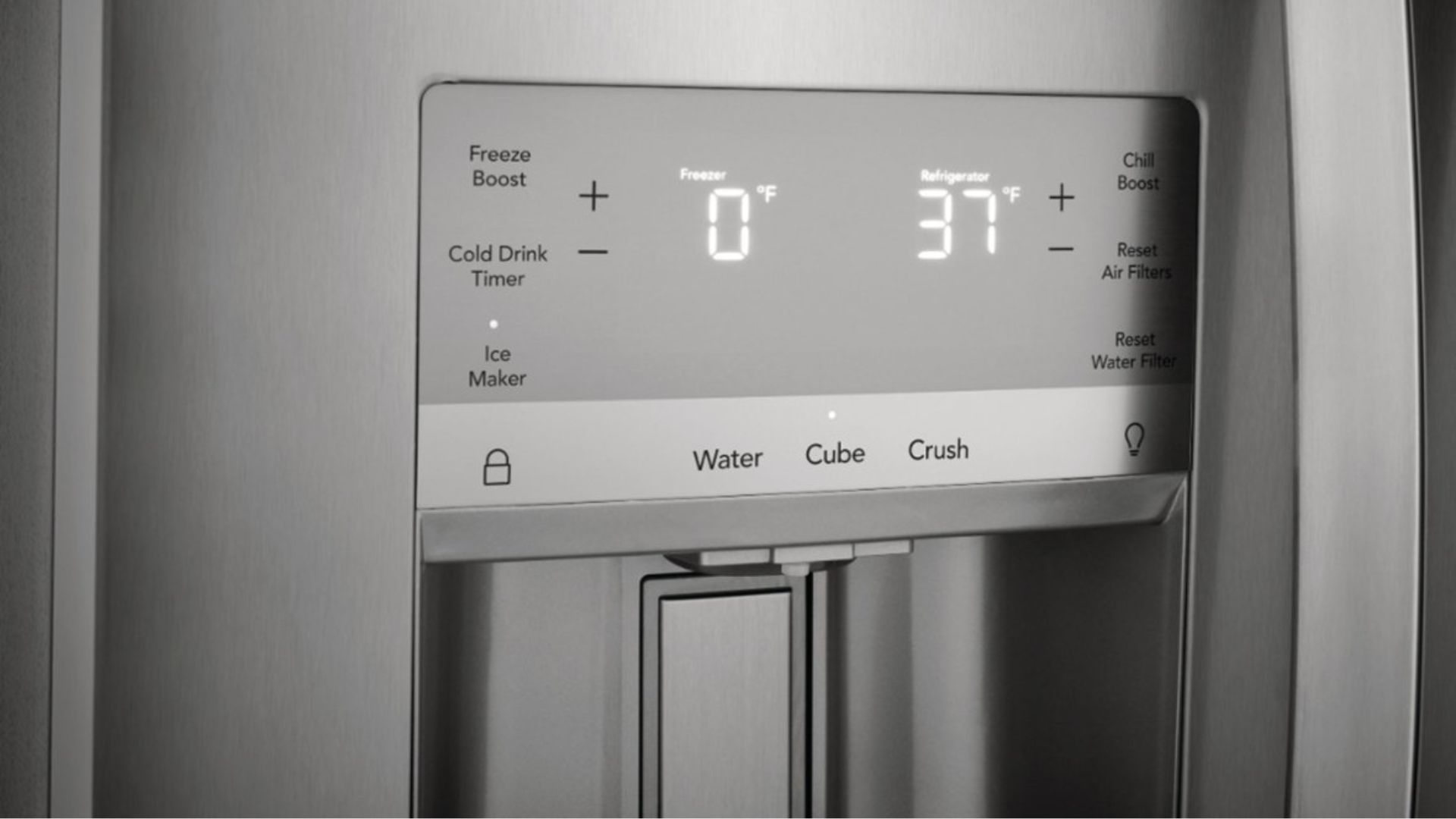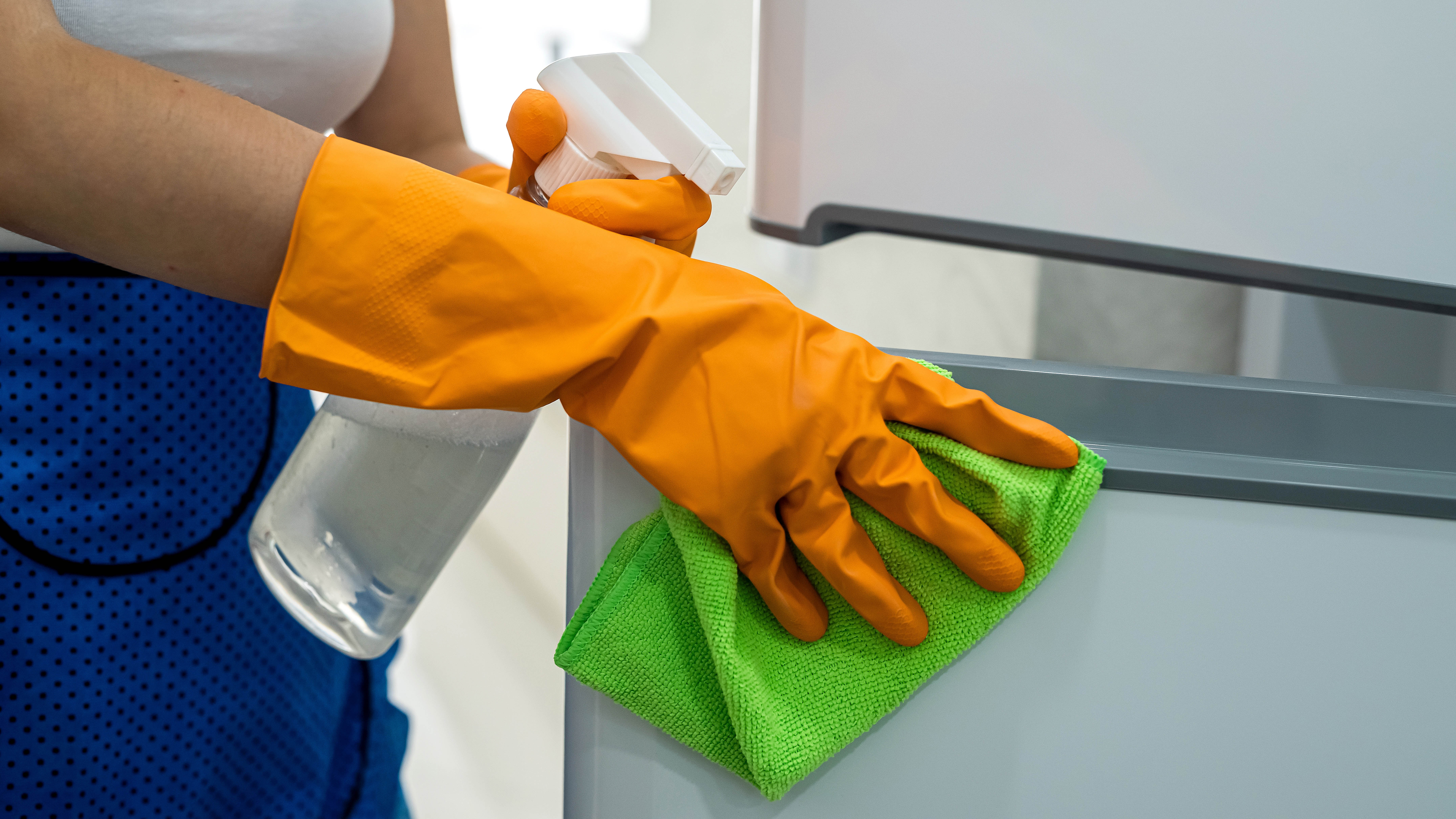Think Your Drinking Water Is Clean? Why You Need to Clean Your Water and Ice Dispenser Now
Your fridge's water and ice dispenser is dirtier than you think

That convenient water dispenser on your fridge might seem like the cleanest way to get a glass of cold water, but it could actually be harboring some nasty surprises. Behind that sleek exterior, mold, bacteria, and mineral buildup can accumulate in ways that would shock most homeowners.
According to appliance experts at Hisense, many people assume their filtered fridge water is automatically clean and safe to drink. However, without regular maintenance, these dispensers can become breeding grounds for contaminants that affect both taste and health.
While water filters handle some purification, they can't prevent everything from building up in the system. Over time, mineral deposits clog internal lines, bacteria multiply in the consistently moist environment, and mold finds perfect hiding spots around nozzles and in hard-to-reach crevices.
Warning signs that your dispenser needs attention include slow water flow, musty odors, or visible discoloration around the spout. Matthew Glynn, Product Manager at Hisense, explains the maintenance schedule most people should follow.
1. How often to clean your water dispenser

Regular cleaning prevents most contamination issues before they become serious problems. Glynn recommends that "every three to six months, people should look to do a simple deep clean — not only will your water taste better for it, but it will also protect your health and extend the life of your fridge."
This frequency ensures that bacteria and mold don't have enough time to establish serious colonies, while also preventing mineral buildup from affecting water flow and taste.
Before starting any cleaning process, Glynn suggests checking your appliance manual for model-specific instructions, noting that "you should always start by checking your fridge's manual, either the one that came with the appliance, or an online version based on the model number, for brand-specific instructions."
2. Cleaning manual refill dispensers

Manual refill systems are generally easier to maintain since you can remove the entire water tank for thorough cleaning. Remove the tank completely and wash it with warm soapy water, paying attention to corners where buildup commonly occurs.
Clean all surrounding surfaces using a vinegar solution, which naturally breaks down mineral deposits and kills bacteria. The dispenser nozzle requires special attention since this area tends to accumulate the most grime and residue.
For stubborn buildup in tight spaces, Glynn notes that "a soft brush works wonders" for reaching areas that regular wiping can't address effectively.
3. Maintaining plumbed-in water systems

Connected water systems require more involved cleaning since you can't simply remove components for washing. These systems need internal flushing to reach all the tubing and connections where contaminants can hide.
Start by turning off the water supply to prevent new water from entering during the cleaning process.
Glynn explains the next steps: "Use a funnel to pour distilled white vinegar directly into the dispenser tubing. Let it sit, then flush the system thoroughly, and scrub the spout to remove residue."
The vinegar needs time to work on mineral deposits and kill bacteria throughout the internal system. After the waiting period, flush multiple times until no vinegar taste or smell remains in either the water or ice output.
4. Replace filters regularly

Water filters themselves need replacement to maintain their effectiveness. Even the best filter becomes less efficient over time as it captures more contaminants and particles.
Glynn emphasizes that regular filter changes work alongside cleaning efforts: "Don't forget to change your fridge's water filter every six months. This, combined with regular cleaning, ensures fresh, crisp-tasting water and extends the life of your appliance, saving you money in the long run."
Skipping filter replacements puts extra strain on your dispenser system and can lead to faster contamination buildup, making your cleaning efforts less effective.
5. Signs it needs immediate attention

Beyond the standard cleaning schedule, certain warning signs indicate your dispenser needs immediate maintenance. Slow water flow often means mineral buildup is restricting internal passages, while musty smells suggest bacterial or mold growth.
Visible discoloration around the spout or in the drip tray indicates contamination that's advanced enough to be seen with the naked eye. Any change in water taste, whether metallic, musty, or simply "off", suggests the filtration and cleaning system isn't keeping up with contamination.
If you notice any of these signs, clean the dispenser immediately rather than waiting for your next scheduled maintenance session.
Follow Tom's Guide on Google News to get our up-to-date news, how-tos, and reviews in your feeds. Make sure to click the Follow button.
More from Tom's Guide
- How to clean your refrigerator ice maker — get fresher ice in 9 easy steps
- I do this every week to extend the life of my kitchen appliances
- Your smelly refrigerator could make your whole kitchen stink
Get instant access to breaking news, the hottest reviews, great deals and helpful tips.

Kaycee is Tom's Guide's How-To Editor, known for tutorials that skip the fluff and get straight to what works. She writes across AI, homes, phones, and everything in between — because life doesn't stick to categories and neither should good advice. With years of experience in tech and content creation, she's built her reputation on turning complicated subjects into straightforward solutions. Kaycee is also an award-winning poet and co-editor at Fox and Star Books. Her debut collection is published by Bloodaxe, with a second book in the works.
You must confirm your public display name before commenting
Please logout and then login again, you will then be prompted to enter your display name.
